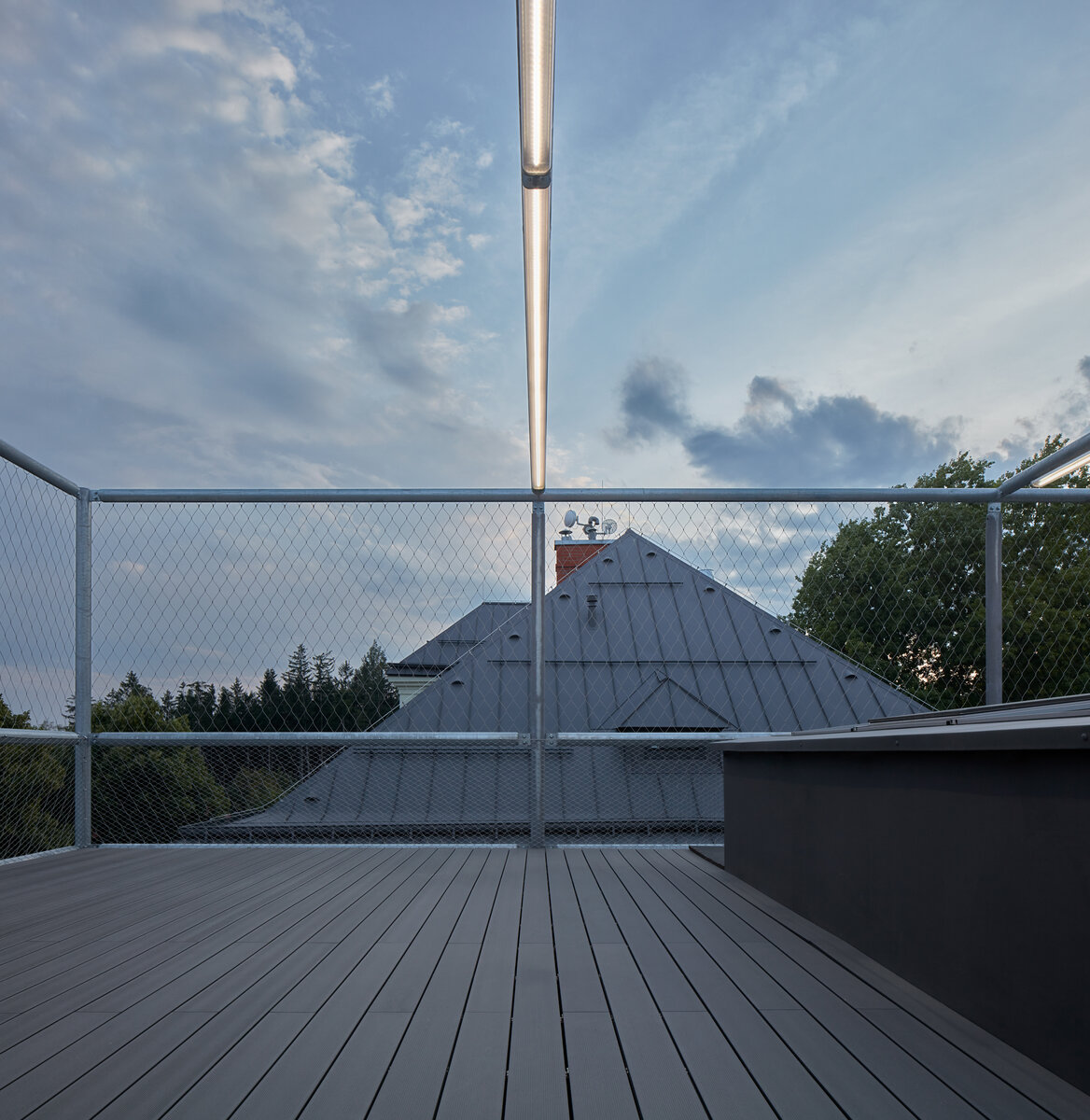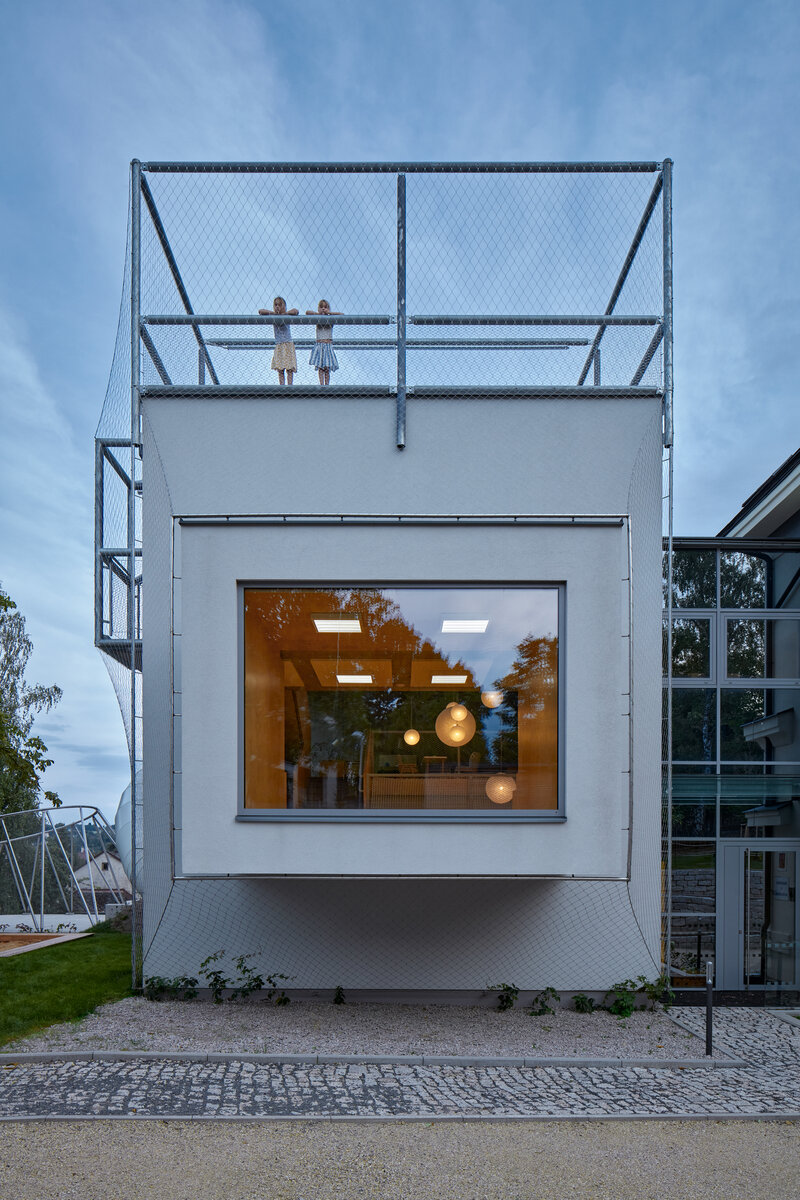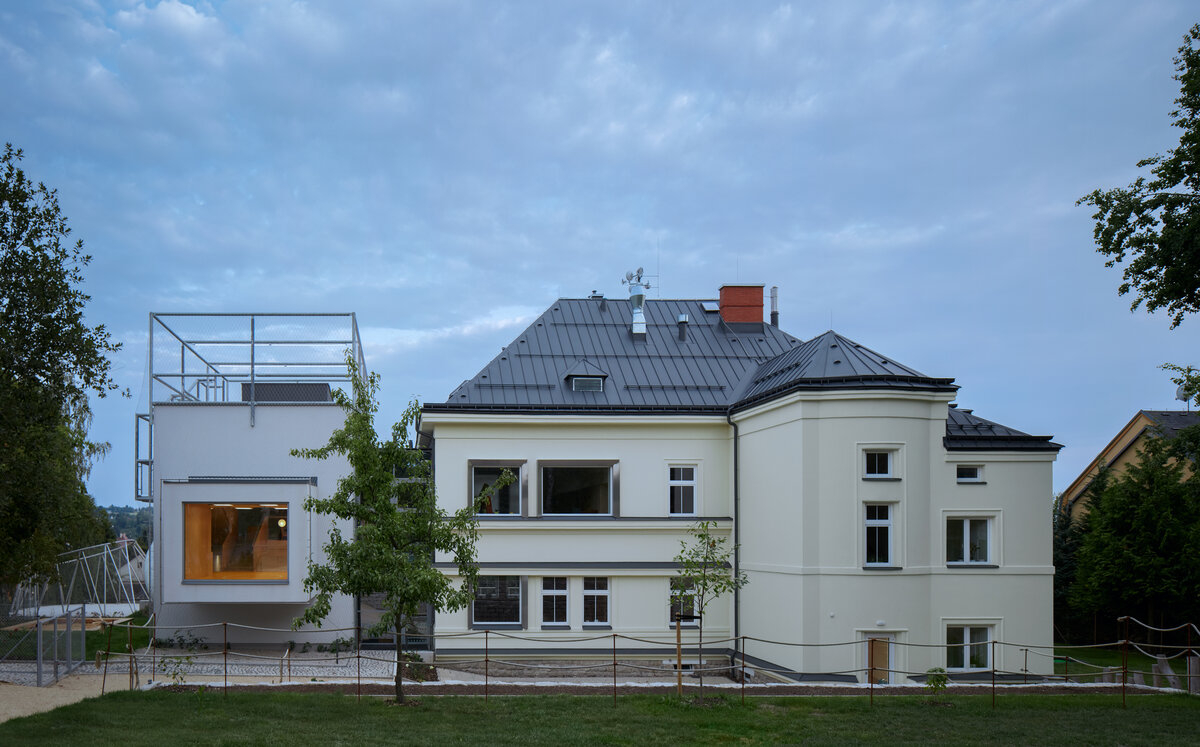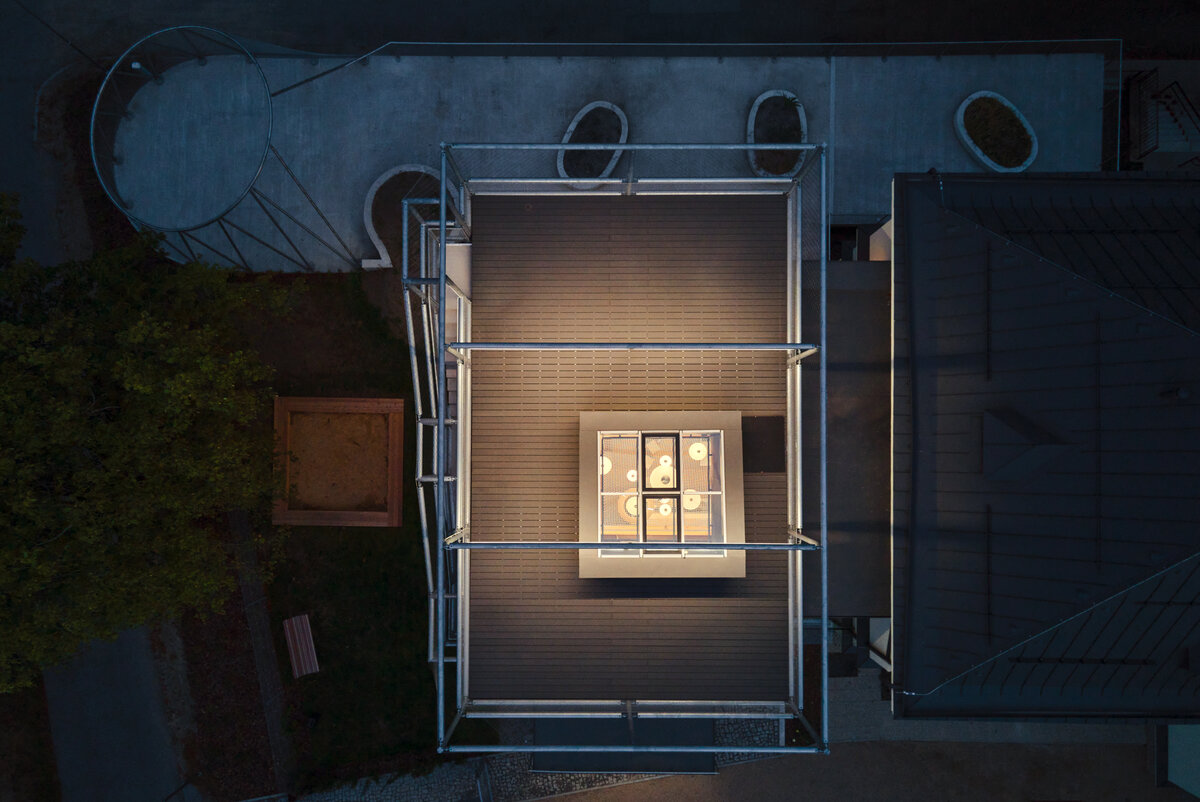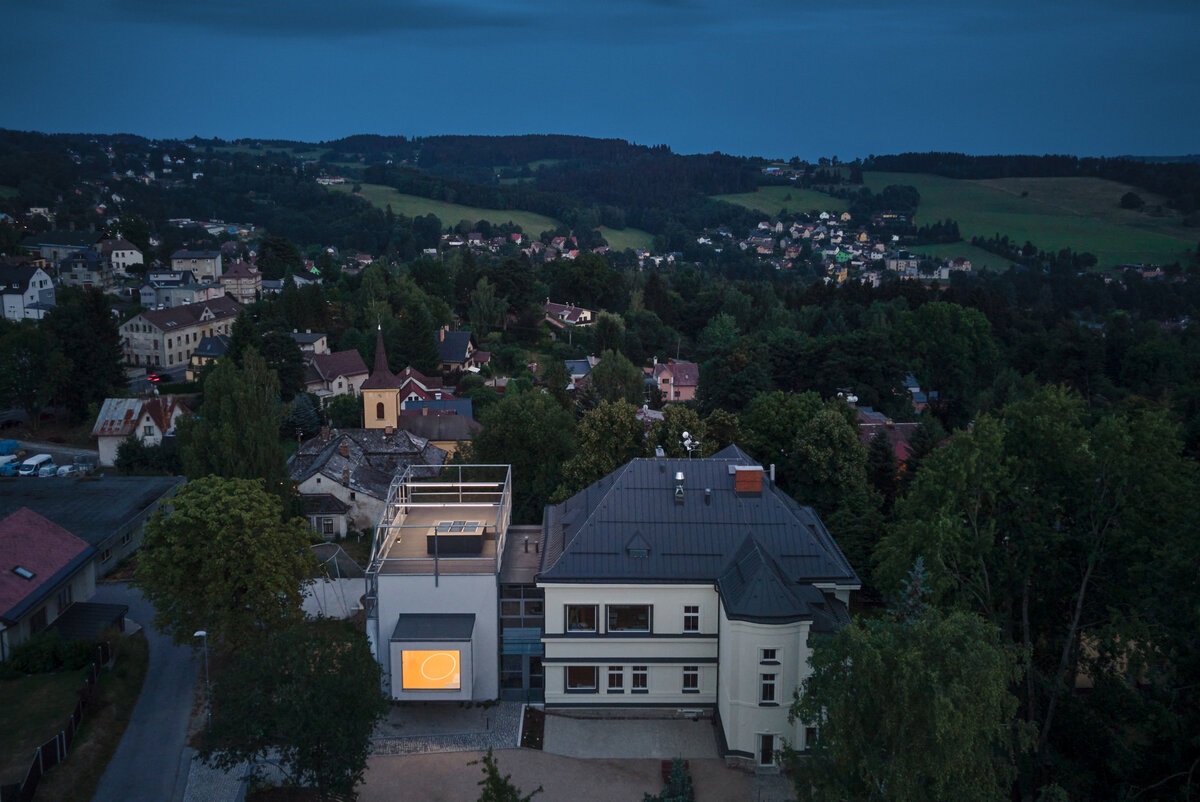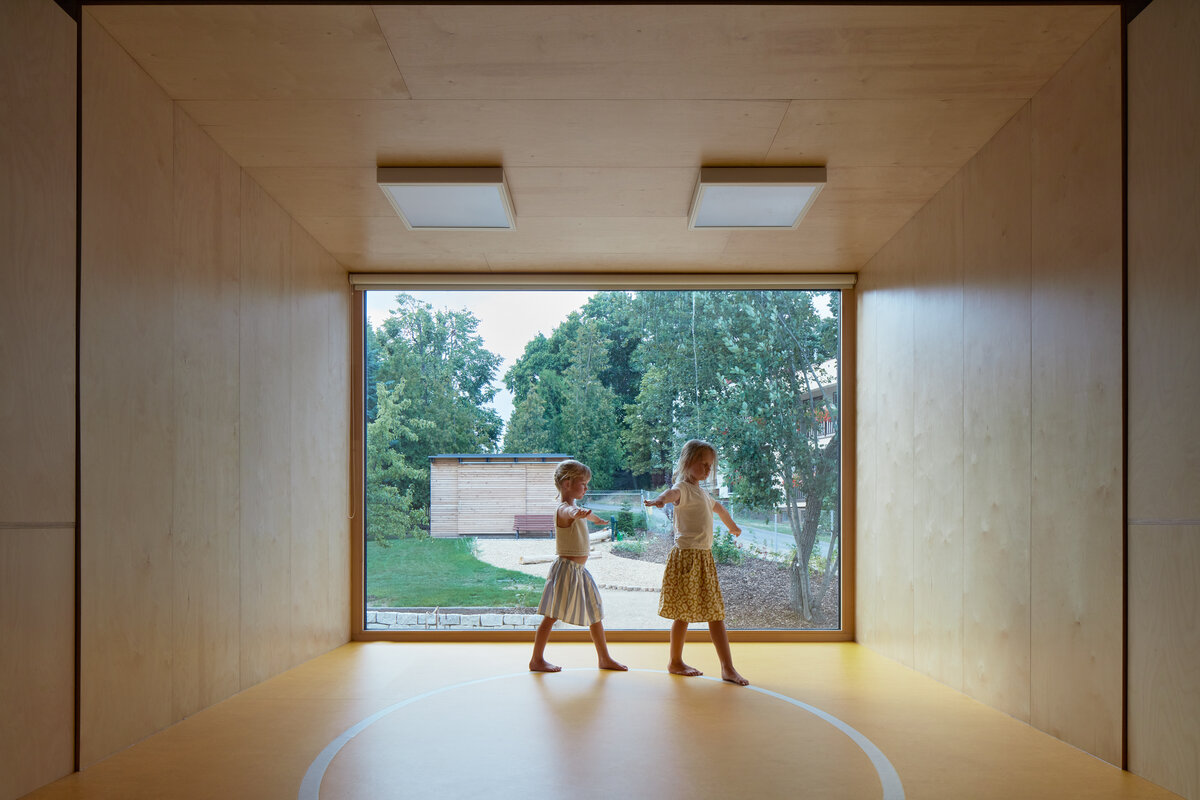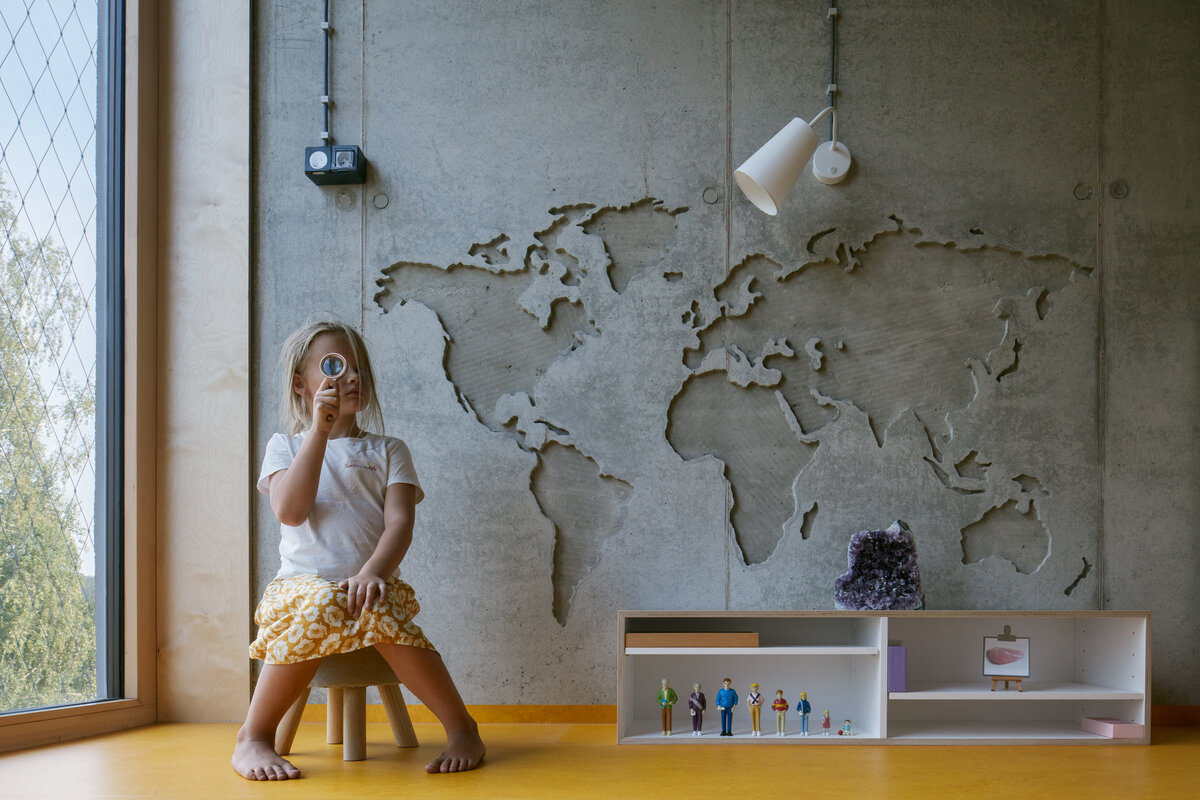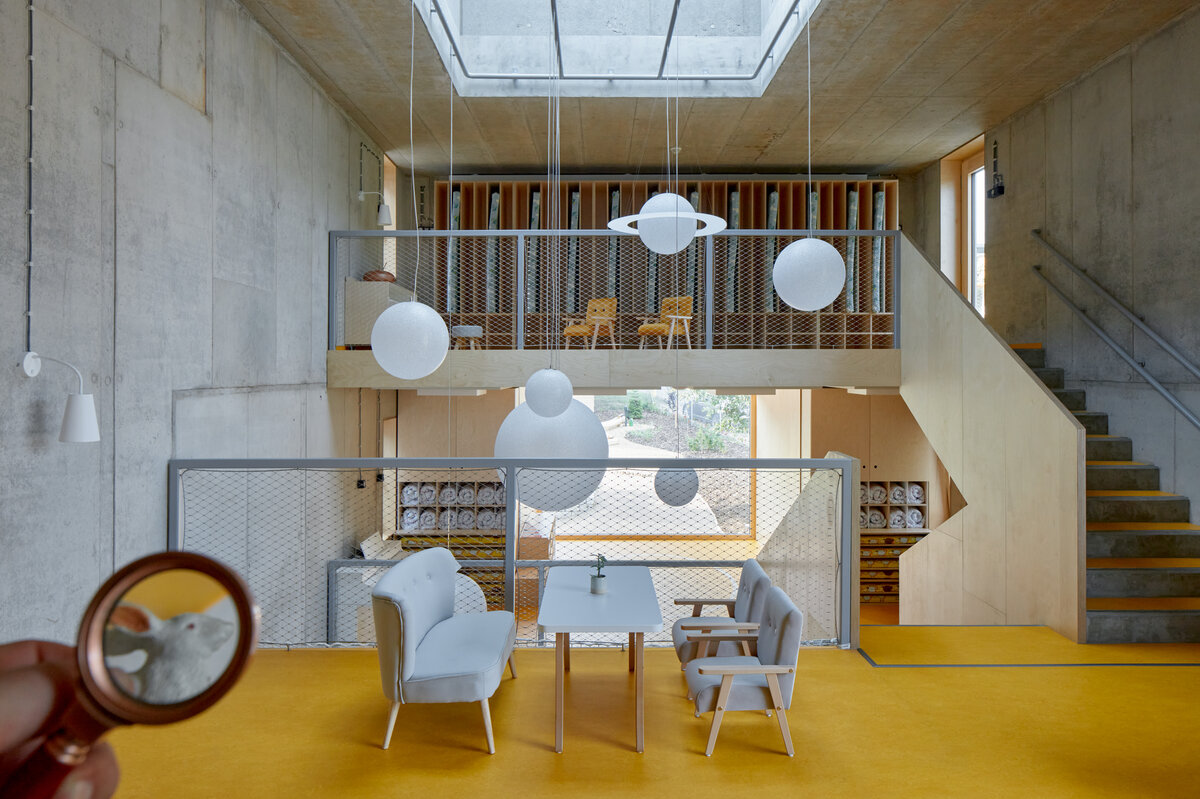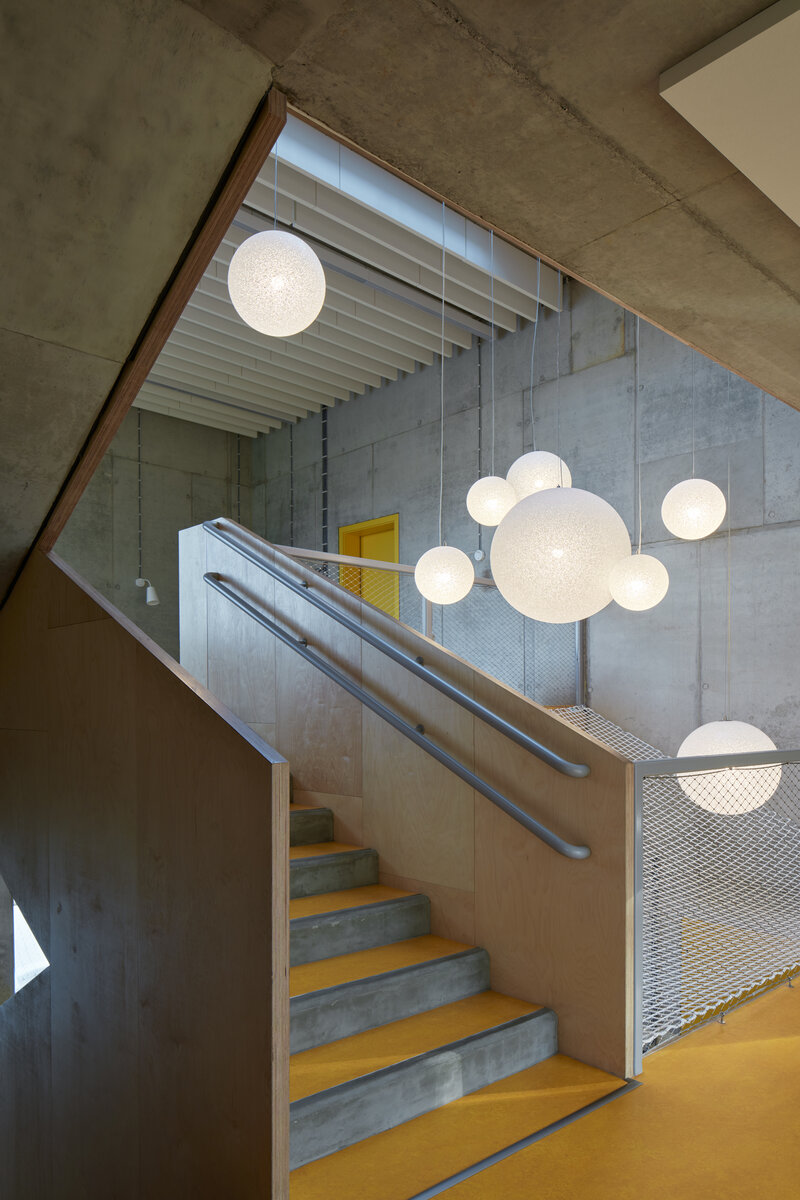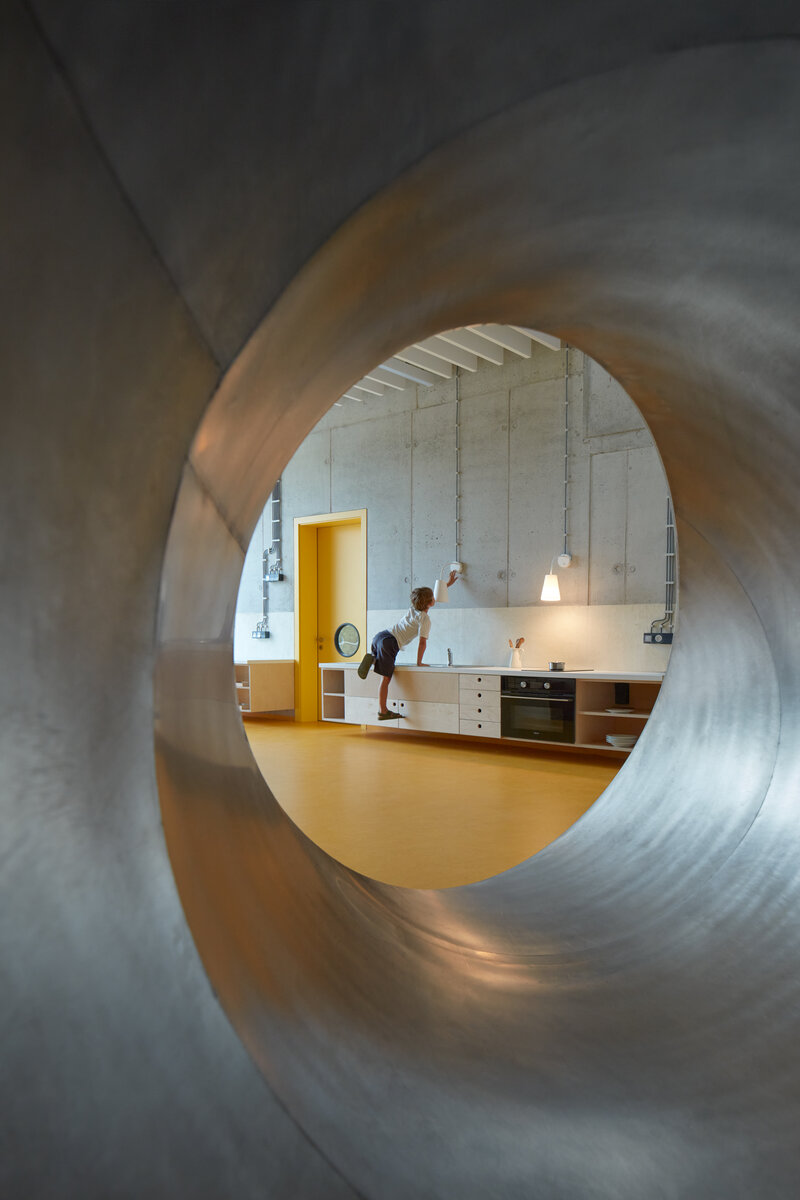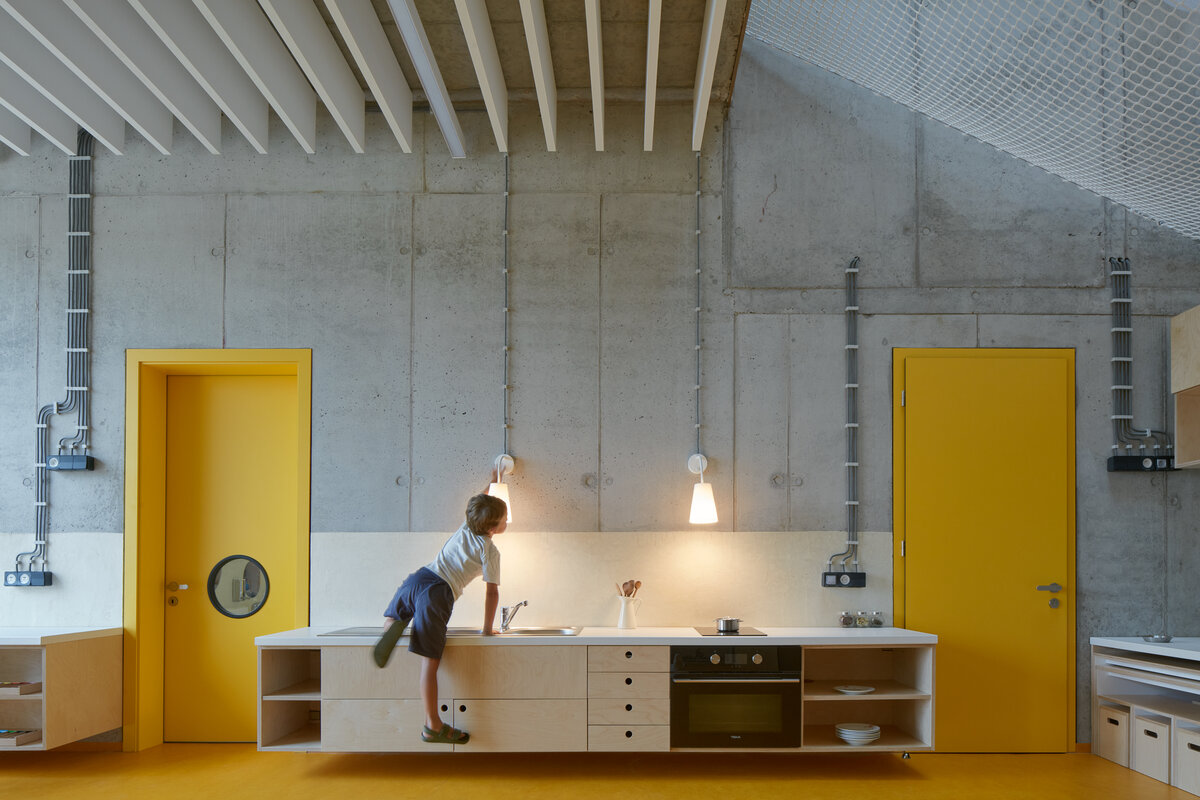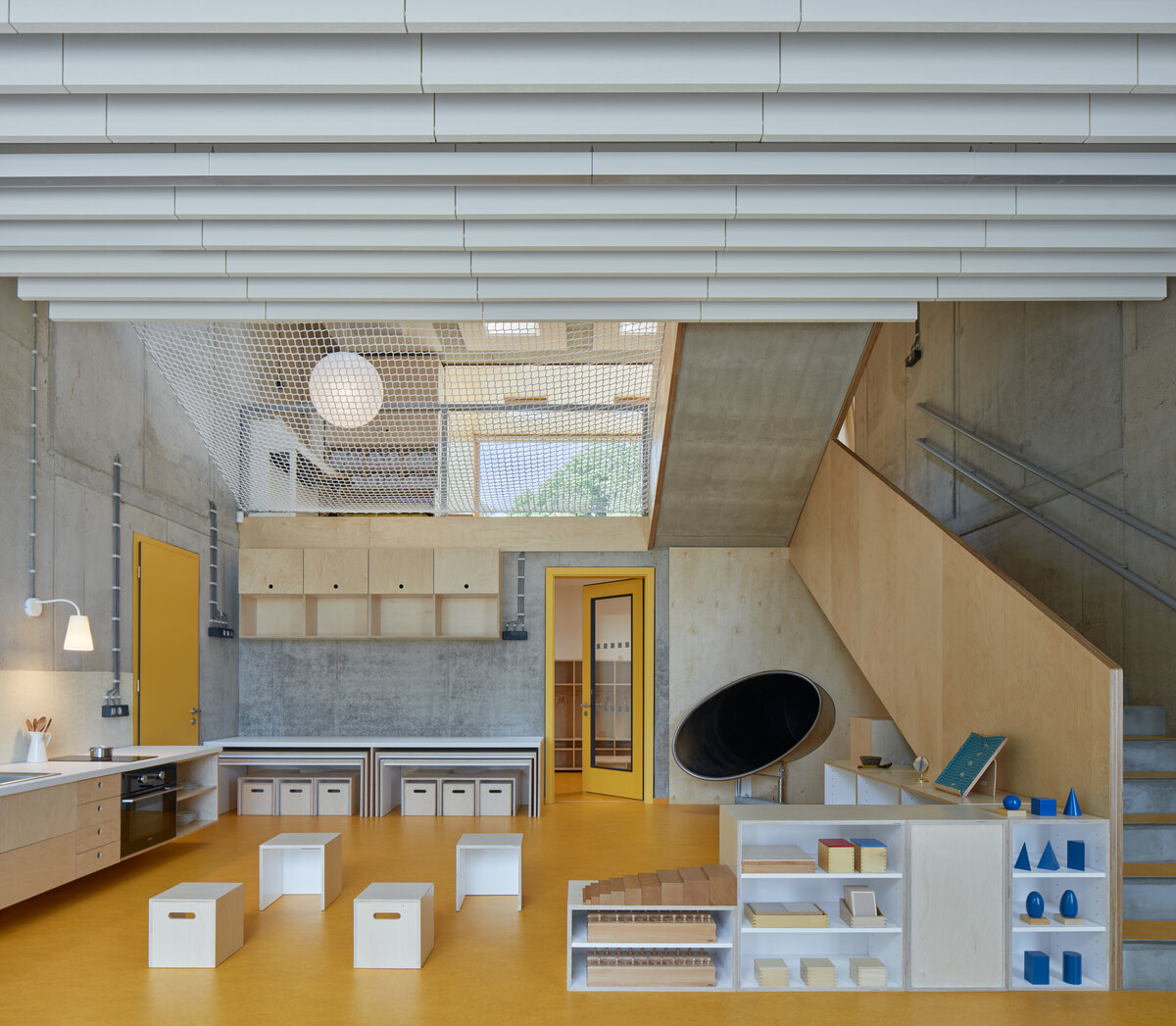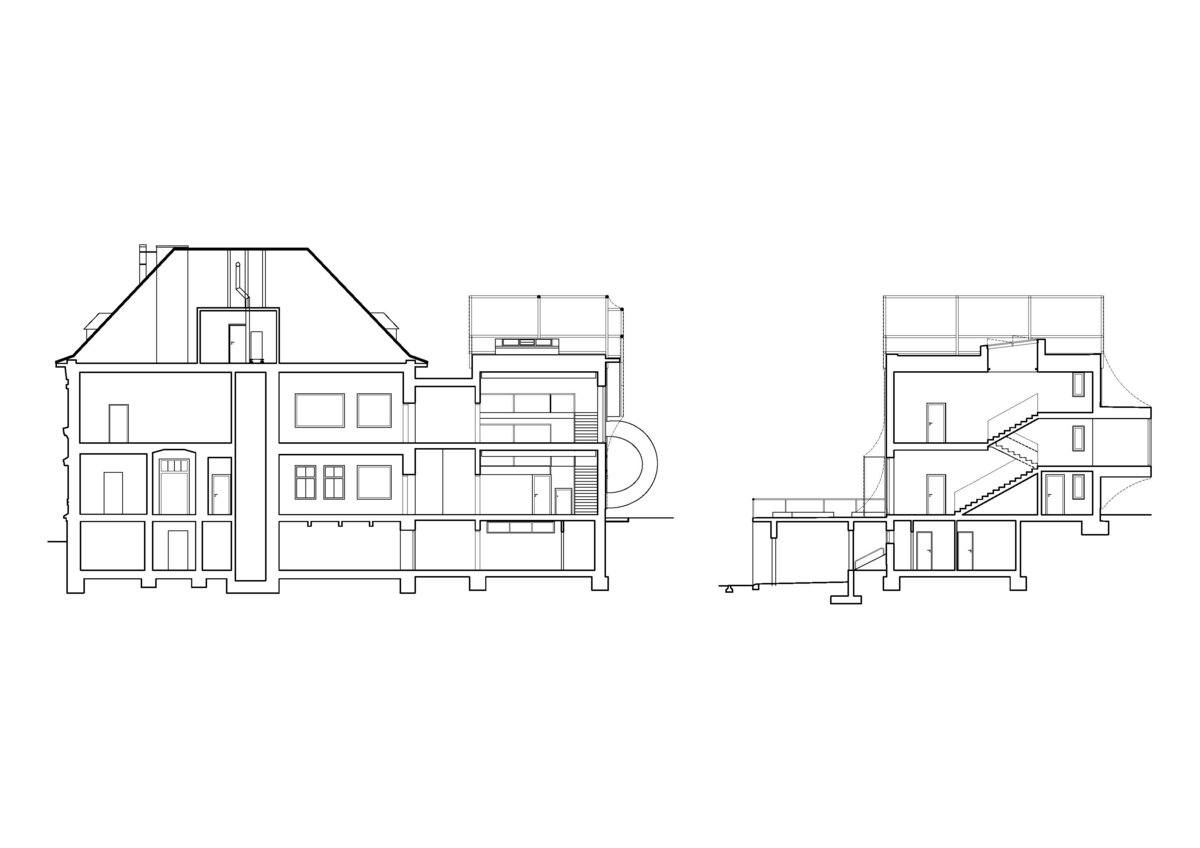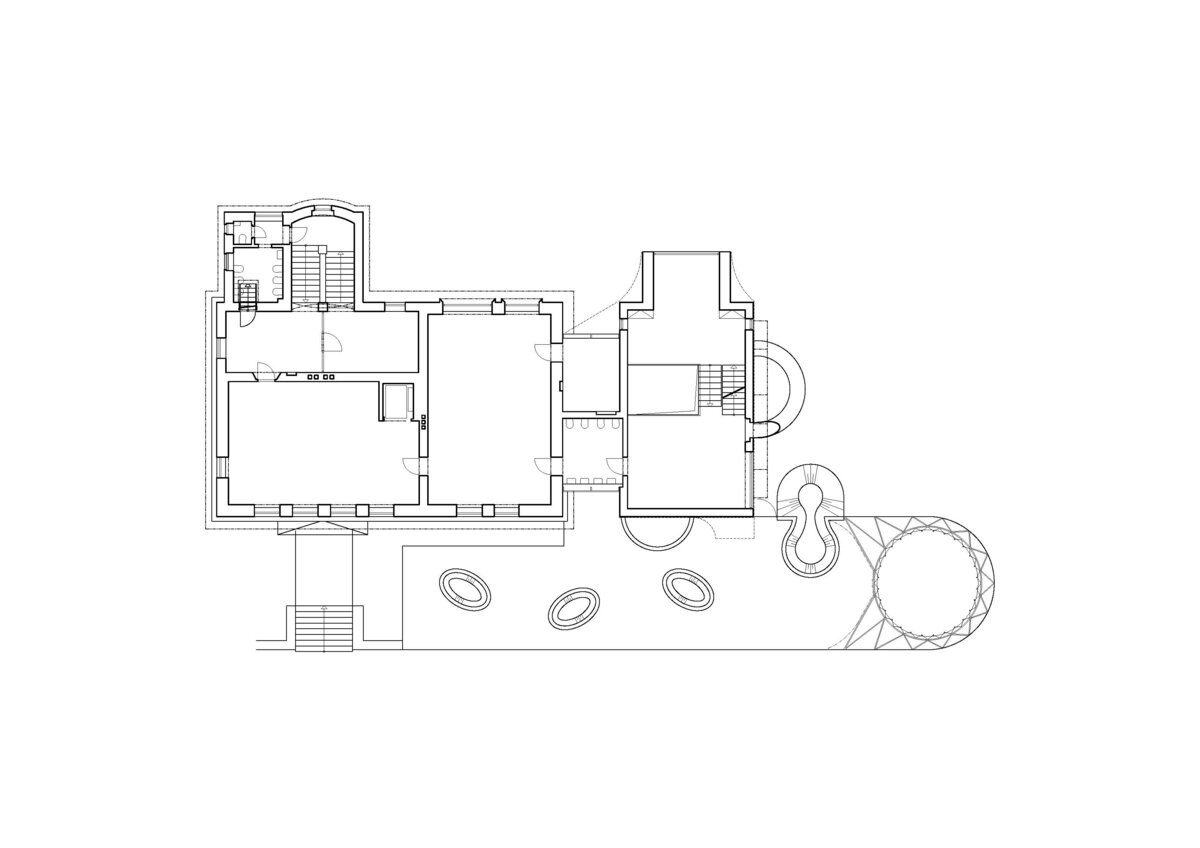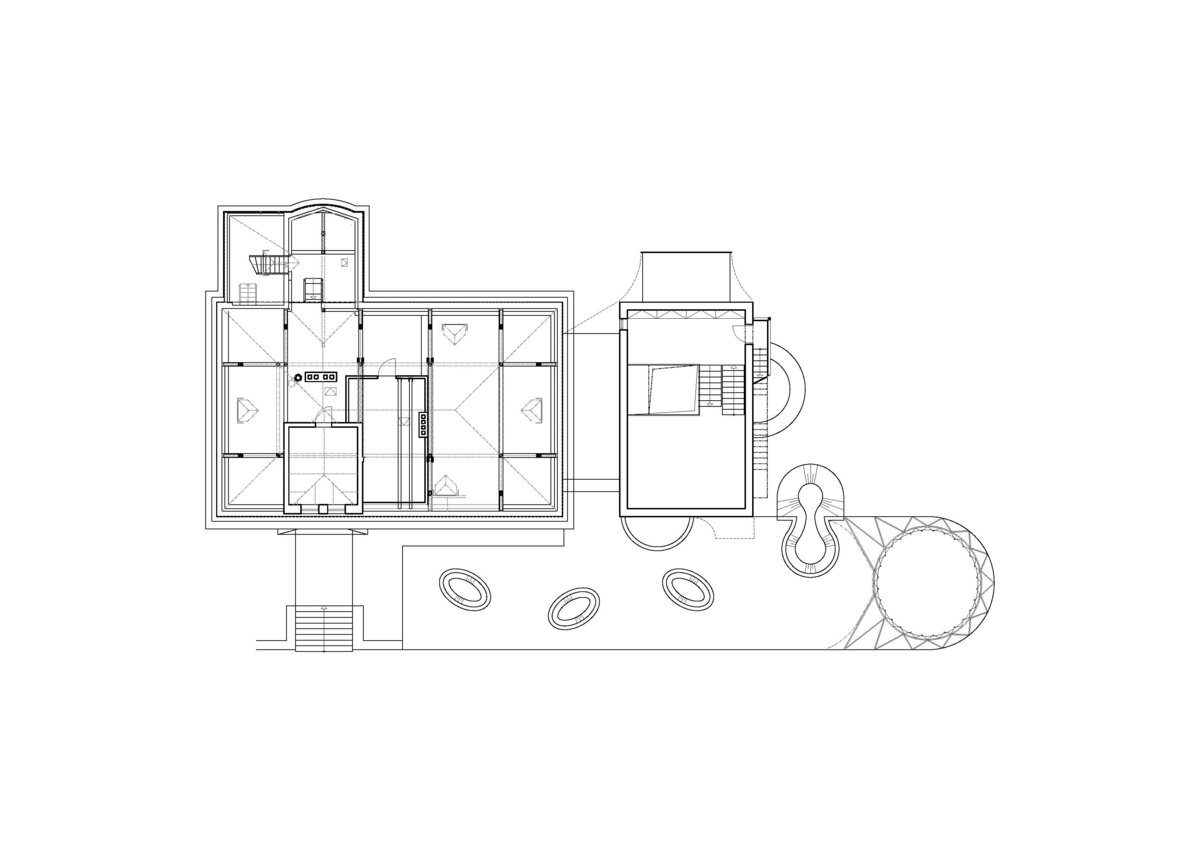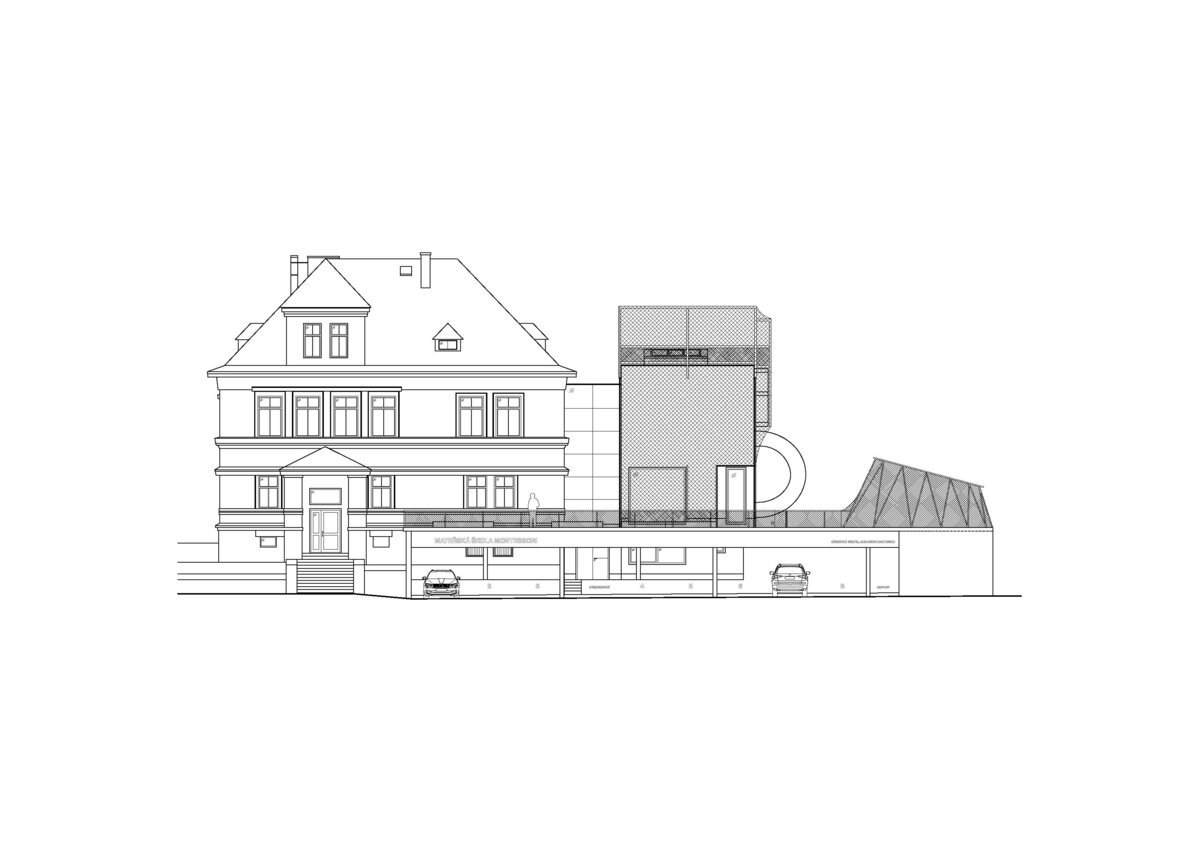| Author |
Ing. Arch. Jan Mach, Ing. Arch. Jan Vondrák, Ing. Arch. Pavlína Müllerová |
| Studio |
mjölk architekti, projektový ateliér David |
| Location |
Jablonec nad Nisou |
| Investor |
Statutární město Jablonec nad Nisou |
| Supplier |
Dodavatel stavby: Termill s.r.o., www.termil.cz
Dodavatel interiéru: CNC studio s.r.o., www.cncstudio.cz |
| Date of completion / approval of the project |
July 2022 |
| Fotograf |
BoysPlayNice |
Kindergartens are buildings where small children develop the most fundamental relationships with the world. Unlike home, it is a place where one is on their own for the first time outside the safety of family and where one makes individual connections with people and the environment, often for the first time in their lives. We believe that kindergartens should be extraordinary buildings whose primary function is to give children a sense that the world is a wonderful and fun place to live in.
When one begins to address the design of a kindergarten as an architect, one finds that society and institutions have entangled these buildings in an absolutely impenetrable web of various nonsensical standards, prohibitions and mandates. One wants to create a place with a clear purpose - to make children happy while exploring the world - and instead one ends up calculating a complex mathematical equation. One is to count the cubic meters of air exchanged in a certain amount of time. Next it is required to prove that there will be constant standard lighting everywhere for each square meter. The building cannot be made of wood. I mean, why? And it can have no more than two stories. Why is that? We have no idea.
The children who matter most in the design process are completely left out of it. Yet we know that they are capable of engaging seriously with architectural ideas and answering questions about what would be best for themselves.
In Jablonec, we designed the kindergarten extension boldly, and in such a manner that we could always take pride in saying that the main criteria by which we judged the design was the fun for the children.
We pictured how fun it would be to run around between the old and the new part of the building through the bathrooms. We wanted to make it possible to climb out of the extension onto a large concrete terrace, where the children are safe and at the same time have as much freedom as possible. We put another play terrace on the roof because the view from the roof is beautiful. We connected the floors inside the kindergarten with a slide, which the children use to leave the building for a moment without asking and then return to it giggling. The interior space is in fact one large room split vertically into four levels. The children can always see each other, but they can also hide in a number of places if they want privacy for their mischief.
The extension of the Montessori Kindergarten in Jablonec nad Nisou is a two-story building made of reinforced concrete. It stands next to a historic kindergarten building and its form and material contrasts with this larger building. It is a simple prism with a few protrusions, which is wrapped entirely in stainless steel mesh. Inside, the building is vertically divided into a ground floor and three intermediary floors arranged around a staircase and a void, above which is a large skylight in the roof. On the intermediate floors there are spaces for children to spend time, each intermediate floor has a different atmosphere and form to stimulate the children's minds in a different way. The extension is connected to the historic kindergarten building on the ground and second floor. From the ground floor there is direct access to the concrete sheltered play terrace above the car park. From the second floor, an outdoor slide leads back to the ground floor, which children can use to speed up their way down. From the third intermediate level there is a doorway with outdoor staircase leading to the roof terrace. This is fitted with a safety net and can become a large summer playground for children. The extension increases the capacity of the kindergarten by one class.
Green building
Environmental certification
| Type and level of certificate |
-
|
Water management
| Is rainwater used for irrigation? |
|
| Is rainwater used for other purposes, e.g. toilet flushing ? |
|
| Does the building have a green roof / facade ? |
|
| Is reclaimed waste water used, e.g. from showers and sinks ? |
|
The quality of the indoor environment
| Is clean air supply automated ? |
|
| Is comfortable temperature during summer and winter automated? |
|
| Is natural lighting guaranteed in all living areas? |
|
| Is artificial lighting automated? |
|
| Is acoustic comfort, specifically reverberation time, guaranteed? |
|
| Does the layout solution include zoning and ergonomics elements? |
|
Principles of circular economics
| Does the project use recycled materials? |
|
| Does the project use recyclable materials? |
|
| Are materials with a documented Environmental Product Declaration (EPD) promoted in the project? |
|
| Are other sustainability certifications used for materials and elements? |
|
Energy efficiency
| Energy performance class of the building according to the Energy Performance Certificate of the building |
C
|
| Is efficient energy management (measurement and regular analysis of consumption data) considered? |
|
| Are renewable sources of energy used, e.g. solar system, photovoltaics? |
|
Interconnection with surroundings
| Does the project enable the easy use of public transport? |
|
| Does the project support the use of alternative modes of transport, e.g cycling, walking etc. ? |
|
| Is there access to recreational natural areas, e.g. parks, in the immediate vicinity of the building? |
|

